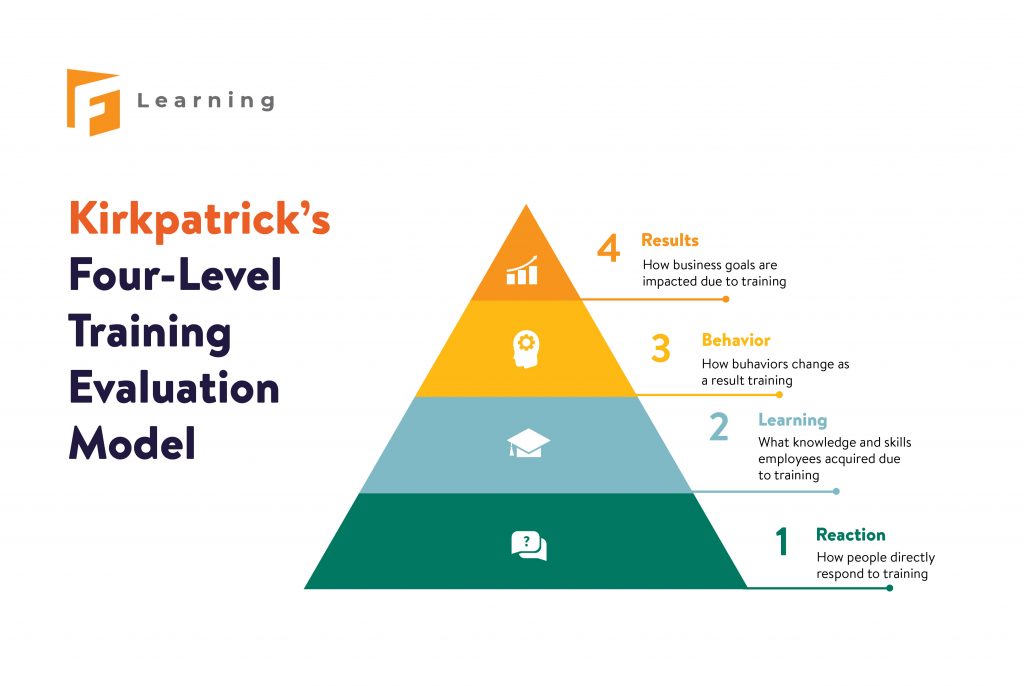Learning analytics is a buzzword that dominates almost every industry: business, education, marketing, consumer research, to name a few. The reason why data analytics is warmly adopted regardless of context is it helps to measure the effectiveness of L&D strategies or executions applied to all mentioned fields with relevancy and salience. As the world is becoming data-driven, L&D analytics also deserves all the attention. Data analytics in L&D provides insights into not only the level of learning satisfaction in workers but also the key metrics to predict the impact on in-field tasks after training.
Is your company struggling to bring value to employees despite forcing them to spend hours of free timeframe to make up for slots in multi-training classes? Has your company’s training program been successful? If not yet, it’s time to invest time in learning analytics to step up the game.
Here’s what you need to know if you’re new to understanding analytics and don’t know where to begin.
What is Learning Analytics?
Learning analytics is a subset of workplace data science, which measures, collects, analyzes, and reports learning data in order to aid with prediction and decision-making in employee skill-building, ultimately bringing impact to the company. Adopting data analytics in L&D may assist your firm to solve a variety of challenging skills training questions, such as: Which workers need further assistance? What is the employee turnover rate in proportion to the number of training completed? Which learning method is the most successful for team members? What impact have these pieces of training had on total revenue?
Preparation Checklist to Power your Digital Transformation
Wondering if you miss anything in your preparation to digitize your training? This is just what you need.
How Learning Analytics Contributes To Your Business’s Goals
Adopting L&D analytics and a more data-driven approach to staff training will assist your firm in developing a learning culture, which will benefit your business. Specifically, there are 4 levels of evaluation as quoted in the Evaluation Model to measure the impact of training, which was suggested by Donald Kirkpatrick (a standard when it comes to learning and development). However, in practice, there should be 5 levels:
- Engagement and satisfaction: At the lowest level, learning analytics gives a visualization of learner engagement with various aspects of training—how many learners begin watching a video vs. how many finish it, or whether more learners complete a game-based review or listen to a podcast presenting the same information—can provide insight into how to engage learners most effectively.
- The level of knowledge acquirement: Managers may determine who’s performing well and who needs training or performance help by graphing the performance or outcomes of employees within a division or comparable teams. Moreover, depending on the outcome of test scores, the data collected will reveal whether learners find learning materials irrelevant and impractical.
- Learning behavior transfer: Level 3 of the Kirkpatrick Model assesses if participants were actually influenced by the learning and are putting what they’ve learned into practice. Assessing behavioral changes allows you to determine not only if the skills were learned, but also whether they are logistically feasible to utilize in the job.
- Impact on performance: Long after training has concluded, data on performance and quiz scores can tell if learners are retaining and applying skills and information. The fourth level is devoted to determining direct outcomes. Level Four compares learning to an organization’s business objectives or the Key Performance Indicators (KPIs) that were set in place before learning began. Better return on investment, fewer workplace hazards, and a higher volume of sales are all common KPIs.
- ROI: There is one last piece of the training evaluation jigsaw to be found, and it belongs to Jack Phillips, who created a crucial fifth level of training assessment that may be added to the Kirkpatrick levels. It demonstrates how to compute the return on investment of training using data from Kirkpatrick’s Level 4 Evaluation and provide it in a more practical style for L&D professionals.
Types of data analysis relevant to eLearning
There are numerous ways of dividing learning data and in this article, we suggested that we should go with quantitative and qualitative data, which can be classed extremely flexibly. Quantitative data consists of items that can be counted, ordered, or compared, as well as those that may be grouped or categorized. People’s perceptions and experiences are referred to as qualitative data; one technique to depict this subjective data is to chart survey results.
1. Quantitative learning data
Answer these questions:
- How many students finished a course?
- Employees in each division completed how many hours of training?
- After a year, how many new hires were still employed?
- Learners who viewed a video vs. those who listened to a podcast
- Sales income of an employee or a team before and after training
- Whether top-performing salespeople are in the group that received performance assistance after training, the group that just received training or the control group that received neither training nor performance support
- Whether job candidates have an associate’s degree, a bachelor’s degree, or a master’s degree
- How many master’s degree holders also have five years or more of project management experience?
2. Qualitative learning data
Give insights into:
- The percentage of employees who say the course they recently finished was relevant to their work tasks.
- Whether or if retail personnel who have undergone training have greater customer satisfaction scores than those who have not.
Read more:
Useful advice to implement L&D analytics into your workplace
Adopting a data-driven LMS platform like Synapse is the quickest approach to start reaping the benefits of L&D analytics in the workplace, especially if you don’t currently have a Data Scientist or data team. We previously wrote about how to employ a Data Scientist if you’d prefer to have someone on board to dive deeper into the data. That article looked at the employment process and stressed the significance of planning ahead. When it comes to integrating L&D analytics into the workplace, the same technique is beneficial.
- Get Aligned: Regarding selecting or defining priorities, cross-functional talks are required to ensure alignment with strategic goals. It also starts the process of garnering stakeholder buy-in and lays the groundwork for a chain of proof to show the learning’s final impact.
- Measure from the Outset: Developing an outcomes contract at the start of client conversations to specify the scope of work, the expected results, the metrics for determining the results, what has to be done to achieve the results, and any other external elements that might affect training results.
- Performance Mindset: Companies must transform their growth plan into particular sales objectives and measurements. The most relevant competencies for achieving those goals may therefore be deduced using data-driven models, which also implies the presence of well-defined sales competency models.
- Apply Data Science: When data is used to make decisions, it becomes an asset. Predictive analytics may connect your leader data to measurable business indicators. The generated models can assist you in prioritizing leadership investments that are most likely to boost key business indicators.
Conclusion
In the face of a constant data-driven world, regarding training strategy, businesses benefit tremendously from statistics and insights provided by learning analytics. If your company hasn’t yet begun utilizing learning analytics to improve the quality and ROI of your training programs, now is the time to start thinking about it.
Read more:





